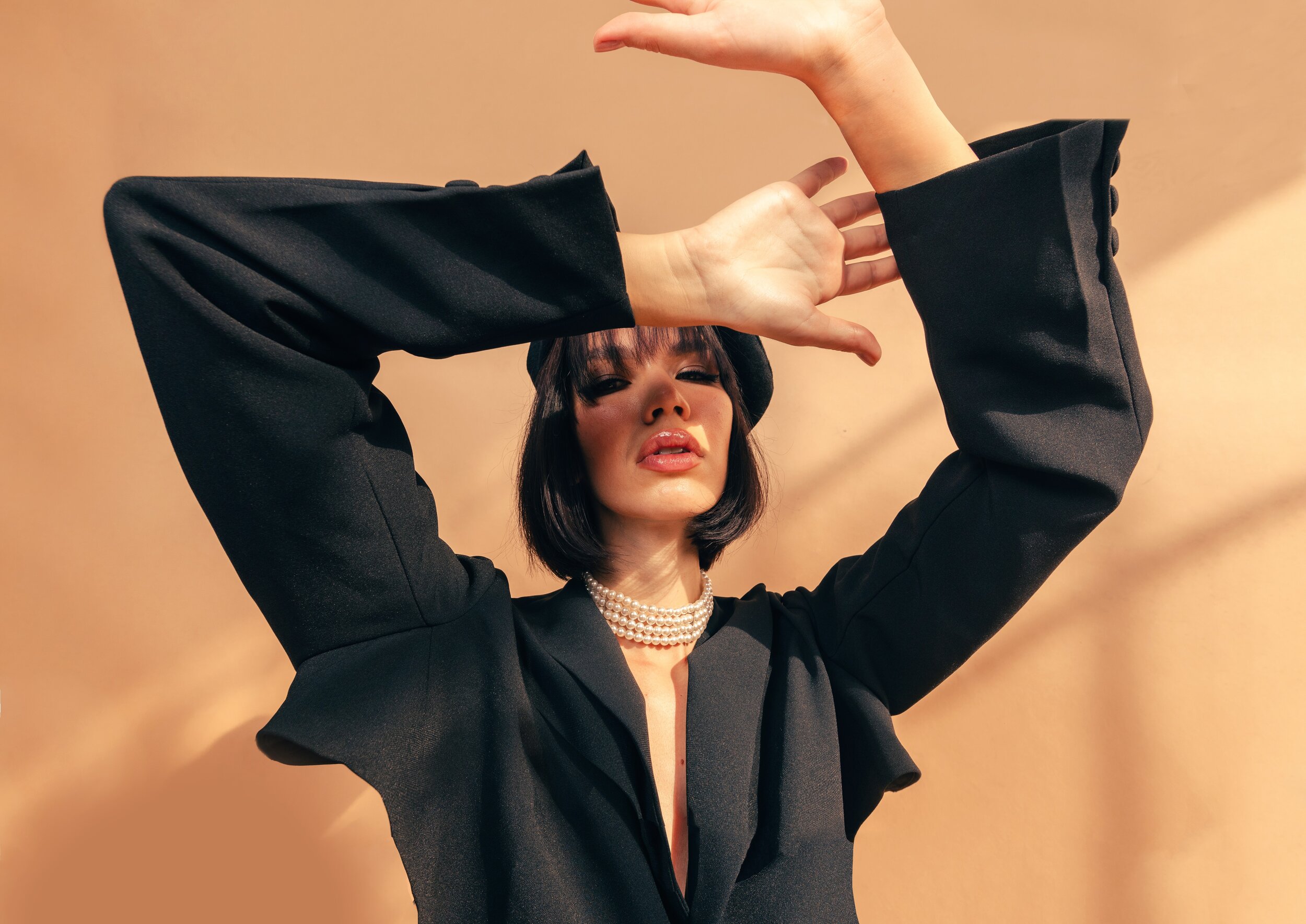It may have been decades since you delved into a dress-up box of oversized tulle skirts, elbow-length gloves and corsets, but lately, the internet has imploded with social media users finding themselves adapting their wardrobes to embody a new persona. Cosplay, literally broken down from the term ‘costume-play’, is no phenomenon. Purists are part of committed communities dedicated to the art of recreating characters from films, books and video games, but in recent times, it has piqued the interest of many social-media dwelling Gen Zs and millennials who have been forced to reimagine their routine posts. Particularly during the pandemic, TikTok and Instagram feeds have filled up with looks inspired by a different persona and time. Let’s delve into the psychology of this trend and unearth why many are adopting cosplay to cultivate some much-needed joy.
The stagnant halt of the pandemic bought with it the uneasy drawn-out months of uncertainty, in turn evoking sentimentality around a familiar way of life that we can never go back to again. What is scarce becomes valuable, and what is scarcer than a seemingly innocent, happier past that we are locked away from? Reminiscing is proven to provide a sense of fulfilment and comfort. And in lockdown, more of us have reverted back to what we used to do for fun at home: we play. Playing dress-up is an important activity for healthy child development, and it is likely something we turn to as a sort of comforting regression.
Neurally-speaking, nostalgia floods our brains with some of the same neurotransmitters that cocaine users chase after. For example, brain-imaging studies show that our favorite old songs stimulate the brain’s pleasure circuit, which triggers an influx of dopamine, serotonin, oxytocin, and other neurochemicals that make us feel good.
Recent trends surrounding vintage and period fashion in particular have suggested a rise in the comfort found from tapping out of our present and into another time. Bridgerton & The Queen’s Gambit have been noted as supercharging cosplay in relation to fashion, and have led to a number of sub-trends. Cottagecore saw a spike in engagement in late November as pinafores and picnic-hamper inspired handbags were on the rise. In contrast, the recent opulence of #regencycore has surfaced with pearl detailing, corsets and tiered silhouettes.
Leonie Hanne on TikTok.
A seemingly unstoppable revival that took root in cosplay before growing into mainstream fashion has been 80s and 90s nostalgia. An analysis of Google search trends over the past five years shows that bucket hats, tracksuits and even the less-than-humble perm are no longer restricted to the time capsule of blurry home videos. What’s more, brands including Gucci and Loewe have tactfully planted feel-good characters from the childhoods of millennial consumers into special collections, in a bid for virality often associated with nostalgia marketing. (Nothing new – remember Riccardo Tisci for Givenchy’s Bambi pieces?) This approach has been used by newer brands such as Sporty & Rich whose retro-styled tracksuits and neverending throwbacks to the health clubs of yesteryear have worked as rocket fuel for quick-to-share millennials and Gen-Zs.
Marie Teissonniere in 90s styling for Sporty & Rich SS21.
One year on, something we have learned from spending so much time at home is that our reliance on the internet for connectivity and community is paramount. Leisure time is no longer taken up with drinks, dinners, and seeing friends, and so creating content to share from home became a pastime. There are only so many loungewear looks and dance routines you can post before you begin to bore even yourself, and so cosplay opens up a new category to explore. TikTok and Instagram, two of the most relevant platforms for cosplayers and fashion devotees, offer the most reach and hence potential for connection through sharing. Performance is an inherent part of costume, and you need an audience for that. An audience, these days, can only be found on social media.
How long will cosplay and fashion be linked? As much as it always has been – it’s just that we’ve needed it more in the last year than we have before. What we wear has the power to change our mindset and mood, and cosplay directly taps into a world of oxytocin-inducing, soothing nostalgia. Whether you don a feather boa with your leather pantsuit like Harry Styles, wear an oversized tracksuit with matching fanny-pack and bucket hat, or go all-out flapper glamour for the oft-talked-about roaring twenties revival, there is still joy to be found in your dress-up box. Or even on Instagram.












In the world of post-pandemic dressing, one word has taken social media by storm: cheugy (pronounced: chew-gee). In the worlds of fashion and lifestyle, cheugy describes a look, a thing or a person that’s considered out of date.